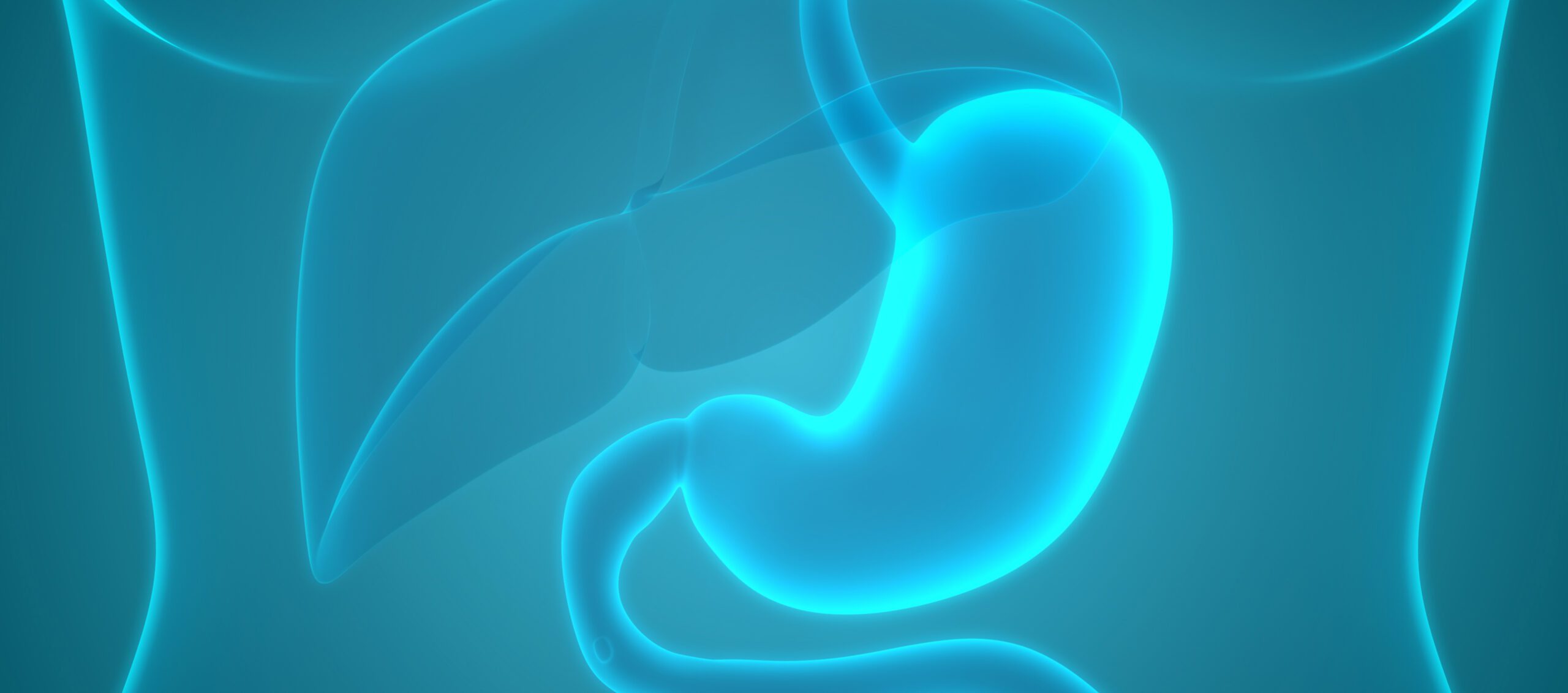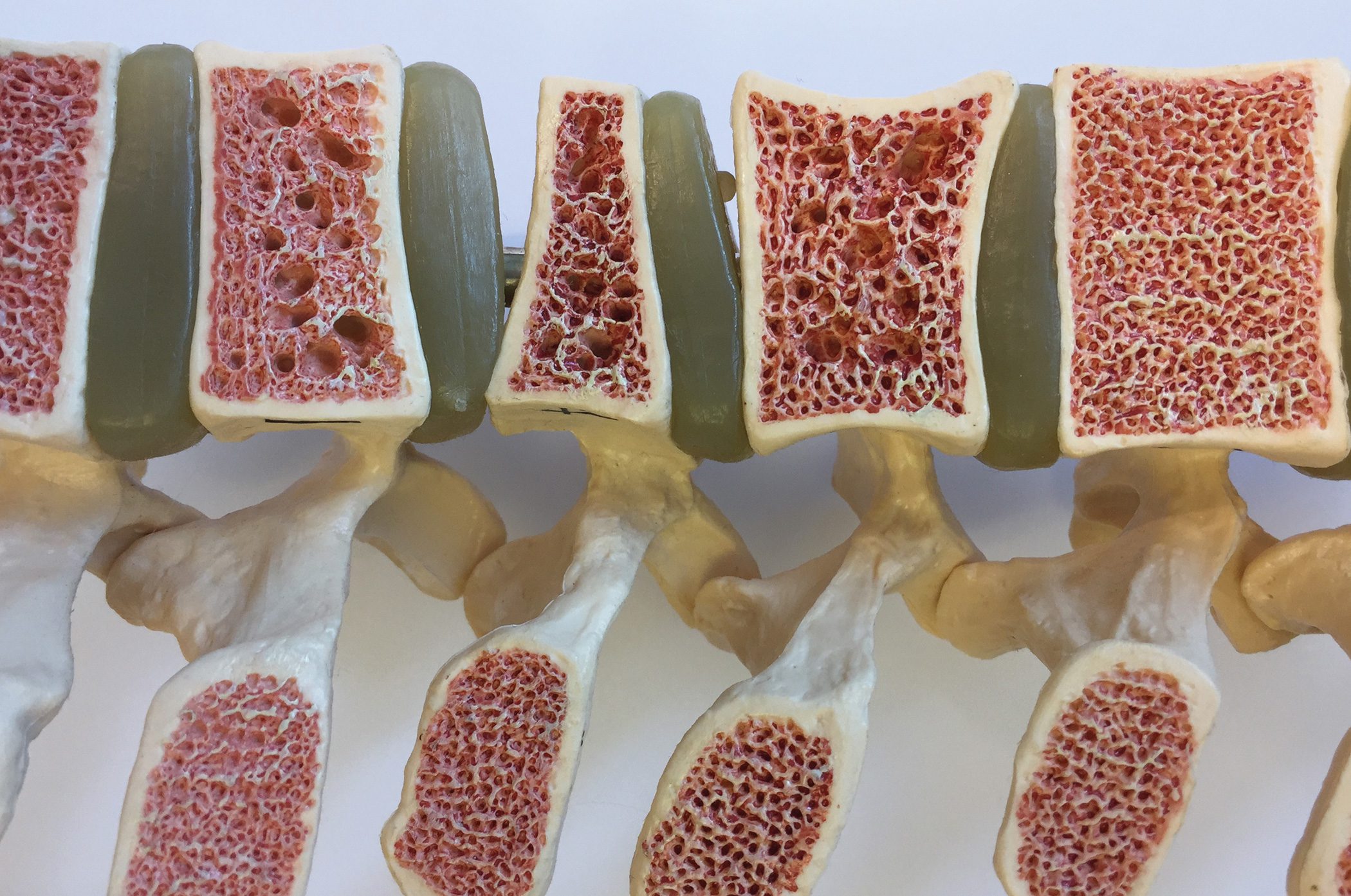SGLT2 inhibitors are used with great success as antidiabetic agents. However, new study data revealed a positive side effect: the drug group appears to have additional cardioprotective as well as nephropotective effects. These effects occur independently of the presence of diabetes mellitus. Presented results include evidence of reduced clinical events in chronic heart failure.
Recent study results presented at the congress on the treatment ofheart failuredemonstrate a reduction in the risk of cardiovascular death or hospitalization for SGLT2 inhibitors in heart failure with decreased ejection fraction compared with placebo. It is irrelevant whether the patient has diabetes mellitus or not. Experts agree that the now compelling evidence supports adding SGLT2 inhibitors to the therapies recommended for this condition.
The EMPEROR-Reduced study evaluated 3730 patients with mild, moderate, or severe chronic heart failure and reduced ejection fraction. Only half of the included patients suffered from concomitant diabetes mellitus. Randomization was performed in a 1:1 ratio. The serum group received empagliflozin 10 mg once daily, and the other group received placebo. The primary study end point was a composite end point of cardiovascular death and hospitalization for heart failure. Secondary end points included total hospitalizations after first and recurrent heart failure and the decline in glomerular filtration rate over time.
Significant risk reduction achieved
A significant 25% reduction in the risk of cardiovascular-related death and hospitalization for heart failure was achieved. Especially the relative reduction of hospitalizations (first events) due to heart failure with 31% is convincing. For cardiovascular mortality, there was a relative decrease of 8% with empagliflozin (10.0% vs.10.8%, HR: 0.92; 95% CI: 0.75-1.12).
The SGLT2 inhibitor was also beneficial with regard to renal function: the decline in glomerular filtration rate in the second secondary endpoint was also significantly slowed within 16 months compared with placebo: -4.2 ml/min/1.73 m2 with placebo versus -0.9 ml/min/1.73 m2 with empagliflozin. In addition, patients treated with empagliflozin showed a lower risk of severe renal events.
Extension of the therapy management
The experts therefore advocate adding SGLT2 inhibitors to the treatment options for heart failure patients with and without diabetes and reduced ejection fraction. This requirement is supported by further positive study results. For example, a subgroup analysis demonstrated that empagliflozin not only led to weight loss in patients with acute myocardial infarction and type 2 diabetes, but also reduced intracellular, extracellular, and total body water. In addition, add-on therapy with the SGLT2 inhibitor has been shown to reduce transtubular potassium gradient (TTKG) in type 2 diabetic patients hospitalized for acute decompensated heart failure (ADHF). TTKG is associated with poor prognosis in ADHF patients.
Source: ESC 2020
Further reading:
- Packer M, et al: New Engl J Med 2020; DOI: 10.1056/NEJMoa2022190
- Hoshika Y, et al: effect of empagliflozin versus placebo in body composition in pateints with acute myocardial infarction and type 2 diabetes mellitus: subgroup analysis oft he EMBODY trial. ESC 2020
- Tamaki S, et al: Effect of empagliflozin as add-on therapy on transtubular potassium concentration gradident patients with type 2 diabetes hospitalized for acute decompensated heart failure. ESC 2020
CARDIOVASC 2020; 19(4): 22 (published 7/12/20, ahead of print).












